Mt. Kanchenjunga
Kangchenjunga, also spelled Kanchenjunga, Kanchanjanghā and Khangchendzonga, is the third-highest mountain in the world. Its summit lies at 8,586 m (28,169 ft) in a section of the Himalayas, the Kangchenjunga Himal, which is bounded in the west by the Tamur River, in the north by the Lhonak River and Jongsang La, and in the east by the Teesta River.[1][3] It lies in the border region between Nepal and Sikkim state of India, with three of the five peaks, namely Main, Central and South, directly on the border,[4] and the peaks West and Kangbachen in Nepal's Taplejung District.[5]
Kangchenjunga
Nepali: कञ्चनजङ्घा, romanized: Kanchanjanghā
Kangchenjunga from Pelling, Sikkim, India
Highest point
Elevation
8,586 m (28,169 ft)[1]
Ranked 3rd
Prominence
3,922 m (12,867 ft)
Ranked 29th
Isolation
124 km (77 mi)
Listing
Eight-thousander
Seven Third Summits
List of mountains in India
List of mountains in Nepal
Country high point (India)
Ultra-prominent peak
Coordinates
27°42′09″N 88°08′48″E
Geography
Kangchenjunga is located in SikkimKangchenjungaKangchenjunga
Location of Kangchenjunga
Show map of Sikkim
Show map of Koshi Province
Show map of India
Show map of Nepal
Show all
Location
Taplejung District, Nepal
Mangan district, Sikkim, India
Parent range
Himalayas
Climbing
First ascent
25 May 1955 by Joe Brown and George Band on British Kangchenjunga expedition
(First winter ascent 11 January 1986 by Jerzy Kukuczka and Krzysztof Wielicki)
Easiest route
glacier/snow/ice climb
Until 1852, Kangchenjunga was assumed to be the highest mountain in the world, but calculations and measurements by the Great Trigonometrical Survey of India in 1849 showed that Mount Everest, known as Peak XV at the time, is actually higher. After allowing for further verification of all calculations, it was officially announced in 1856 that Kangchenjunga was the third-highest mountain,[6] after Everest and K2 of Karakoram.
The Kangchenjunga is a sacred mountain in Nepal and Sikkim and was first climbed on 25 May 1955 by Joe Brown and George Band, who were part of the 1955 British Kangchenjunga expedition. They stopped just short of the true summit, keeping a promise given to Tashi Namgyal, the Chogyal of Sikkim, that the top of the mountain would remain inviolate. The Indian side of the mountain is off-limits to climbers. In 2016, the adjoining Khangchendzonga National Park was declared a UNESCO World Heritage Site.
-
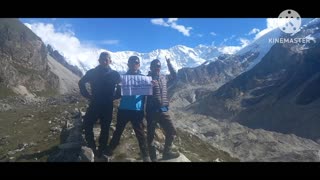 15:52
15:52
Enjoy Nepal Treks Expedition & Tours P.Ltd
5 months agoKanchenjunga Trek
3 -
 20:30
20:30
Endless Journey
7 months agoTa Keo ប្រាសាទតាកែវ - 10th Century Mountain Temple - Angkor Cambodia
16 -
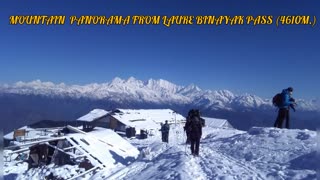 4:13
4:13
Enjoy Nepal Treks Expedition & Tours P.Ltd
4 months agoLangtang valley trek
7 -
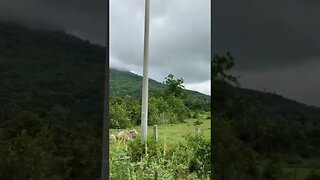 0:15
0:15
rokdob
1 year agoKulen National Park Morning View
13 -
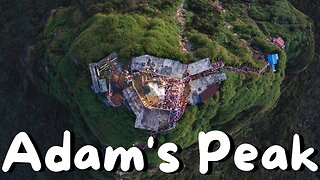 2:45
2:45
Zeloan
1 year ago $0.02 earnedAdam's Peak Sri Lanka | Sri Padaya in Sri Lanka | Visit Sri Lanka
22 -
 0:45
0:45
The Manis
1 year agoDay 4/7 of Climbing Mount Kilimanjaro in Tanzania (5,895m)
2 -
 3:50
3:50
HandiWorks
9 years agoAmbuluwawa Tower Gampola | GoPlaces Sri Lanka
12 -
 15:28
15:28
Snails on wheels
1 year agoS01E08- Red Mountain Cabin & Maneciu - Cheia, Prahova | 4K | Techno mix | 🇷🇴
10 -
 15:58
15:58
Baldy Brian in Thailand
7 months agoHead in the Clouds - Conquering Kanchanaburi's Highest Mountain - Trekking Unseen Thailand
36 -
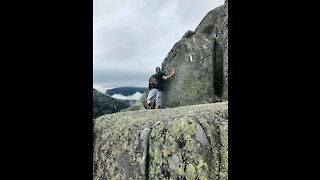 0:39
0:39
HDBowHunter
3 years agoMT. Katahdin
911